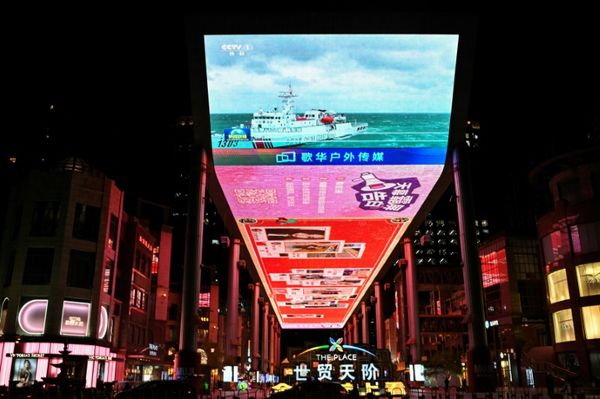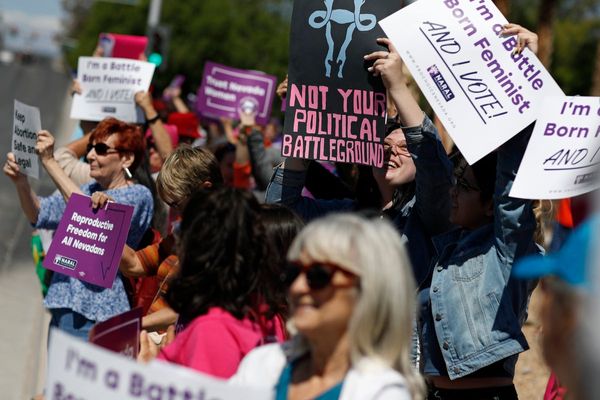Elizabeth Alexandra Mary was born in the early hours of April 21 in 1926, the daughter and first child of the Duke and Duchess of York who would later become King George VI and Queen Elizabeth (better known in our time as the Queen Mother).
When the young princess's father became king in 1936 on the abdication of his brother, Elizabeth became the heir to the throne.
On the outbreak of war in 1939, she was13. Like many children in London, she, along with her sister Margaret, were evacuated from London, in their case to Windsor about 50 kilometres to the west of the city.
On October 13, 1940, she gave her first broadcast as part of the BBC's Children's Hour radio program.
"Thousands of you in this country have had to leave your homes and be separated from your fathers and mothers. My sister Margaret Rose and I feel so much for you, as we know from experience what it means to be away from those you love most of all."
When she reached the age of 18 in 1945, she joined the Auxiliary Territorial Service (the women's section of the army). She qualified as a mechanic on April 14, the newspapers calling her "Princess Auto Mechanic".
The ending of the war in Europe on May 8, 1945, brought crowds of Londoners onto the streets. Princess Elizabeth and her sister joined them, incognito. "I remember we were terrified of being recognized so I pulled my uniform cap well down over my eyes," she later said. She described the "lines of unknown people linking arms and walking down Whitehall, and all of us were swept along by tides of happiness and relief."

Before the war, she had met Prince Philip of Greece and Denmark. She was only 13 at the time but described later how she was smitten. After the war (in which he served in the Royal Navy), they married. The couple had their first child, Charles, on November 14, 1948.
With the death of her father, the King, on February 6, 1952, Elizabeth ascended the throne, becoming Queen Elizabeth II and Queen of Australia.
Two years later, at the age of 27, she became the first and only reigning British monarch to visit Australia.
She and Prince Philip arrived in Sydney Harbour on the Royal Yacht Britannia on February 3, 1954. The nation practically stopped. Their arrival at Farm Cove, where Captain Arthur Phillip raised the British flag 165 years earlier, attracted an estimated one million onlookers, more than half the population of the city.
After the first visit, Queen Elizabeth visited Australia a further 15 times.
When she ascended the throne, Robert Menzies was prime minister (and Churchill prime minister in London). During her reign, 16 prime ministers came and went (and 14 British prime ministers).
Her reign wasn't always smooth. She described 1992 as her "annus horribilis" or "horrible year".
"1992 is not a year on which I shall look back with undiluted pleasure," she said on the day she celebrated 40 years on the throne.
The marriage of Charles broke down, with Princess Diana publishing her tell-all account of his infidelity. Prince Andrew separated from his wife. Princess Anne divorced her husband. A sizable part of her home at Windsor Castle burnt down.
With the standing of the monarchy falling, Queen Elizabeth said: "No institution - city, monarchy, whatever - should expect to be free from the scrutiny of those who give it their loyalty and support, not to mention those who don't.
"This sort of questioning can also act, and it should do so, as an effective engine for change."
And there was then reform. The Queen accepted that she should pay income tax. She agreed that she, rather than the British tax-payer, should pay more of the bills of her wider family.
When historians assess her achievement, it may be that she quietly adapted to change so that the monarchy survived. Her silence on political matters helped.
On September 9, 2022 Queen Elizabeth II died peacefully in her sleep at her home in Scotland age 96. She was Britain's longest-reigning monarch.







